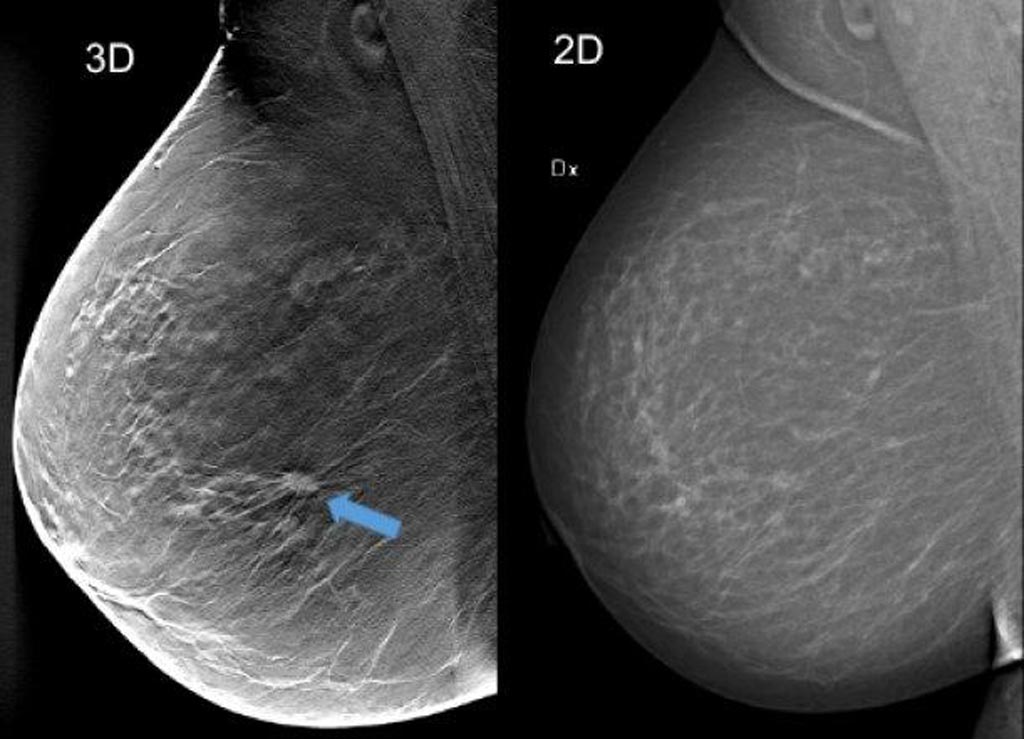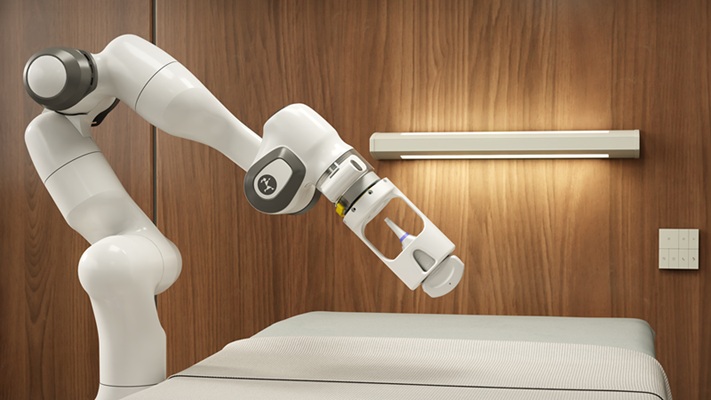Breast Tomosynthesis Detects More Cancers than Mammography
By MedImaging International staff writers
Posted on 25 Oct 2018
A team of researchers from the Lund University (Lund, Sweden) and Skåne University Hospital (Scania, Sweden) screened 15,000 women over a period of five years to find that three-dimensional (3D) mammography, or breast tomosynthesis, detects over 30% more cancers than traditional mammography, with most of the detected tumors proving to be invasive cancers.Posted on 25 Oct 2018
In traditional mammography screening, all breast tissue is captured in a single image, whereas breast tomosynthesis is three-dimensional and works according to the same principle as what is known as tomography. In breast tomosynthesis, several low-dose X-ray images of the breast are taken from different angles, which are reconstructed by a computer to show thin layers of the breast. More and improved image information and less overlapping tissue structures increase the chance of detecting tumors. Additionally, the radiation dose can be lowered in certain circumstances.

Image: Using breast tomosynthesis (3D screening) in the image to the left (one of about 50 thin cross-sectional image slices of the breast), you can see an approximately 1-cm tumor that is not clearly visible on the mammography image on the right, even though the breast does not contain particularly dense tissue (Photo courtesy of Skåne University Hospital in Malmö).
The extensive screening study conducted by the Swedish researchers used only the 3D method and confirms that breast tomosynthesis is superior to today’s mammography screening in the detection of cancer tumors. In the near future, parts of the image review in connection with breast tomosynthesis could be automated by using computers, although this is likely to take time due to the lack of appropriate ready-to-use and tested software.
“With breast tomosynthesis, 34% more cancer tumors were detected compared to the current standard mammography screening. At the same time, we were able to reduce the compression of the breast during examination, something that may encourage more women to participate in screening,” said Sophia Zackrisson, associate professor at Lund University and radiologist at Skåne University Hospital. “There is a need to improve screening for many women, and breast tomosynthesis is clearly the most appropriate method to transition to in breast cancer screening. Breast tomosynthesis will be introduced, it’s just a question of when and to what extent.”
Related Links:
Lund University
Skåne University Hospital














